Giro d'Italia 2022 to climb Etna, Blockhaus, Mortirolo, Menador and the Marmolada
Four mountain top finishes set to create a testing 2022 Corsa Rosa
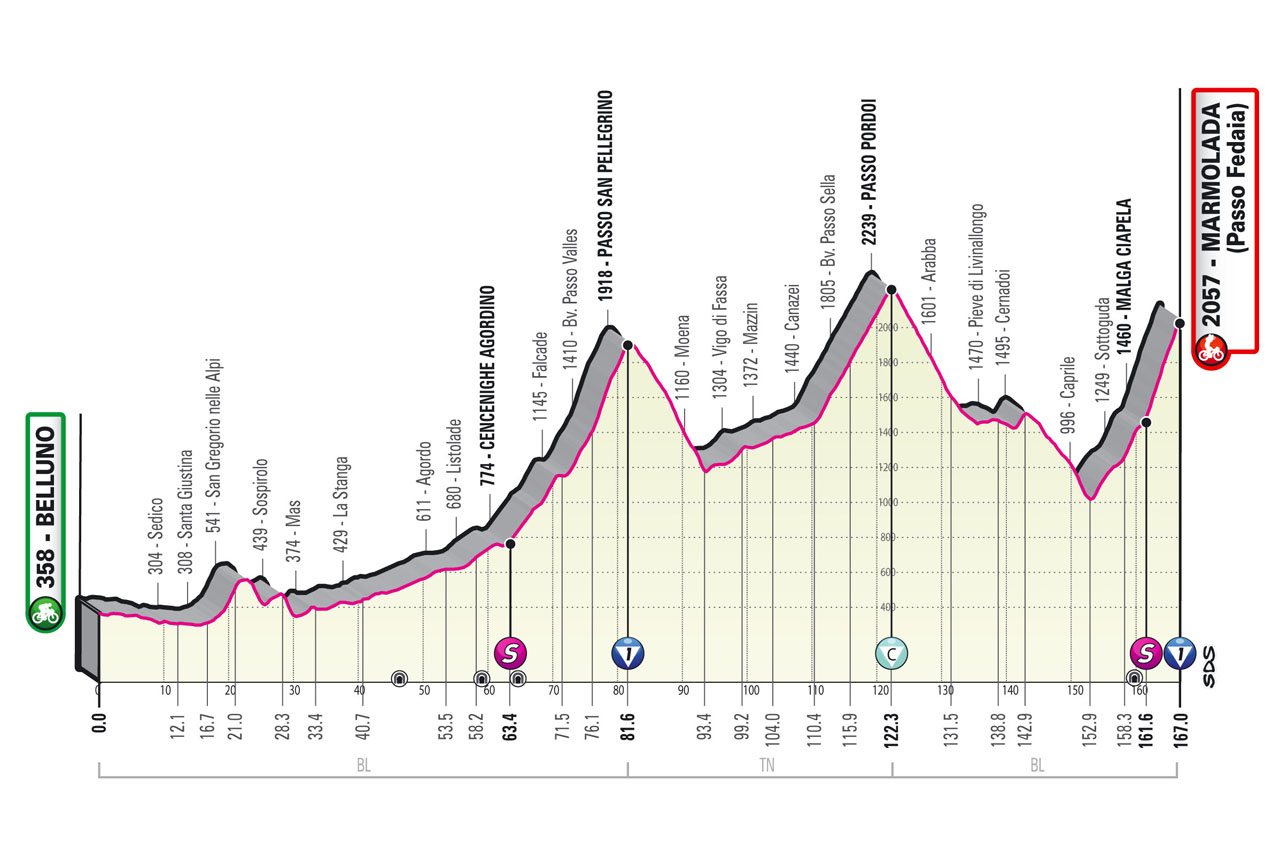
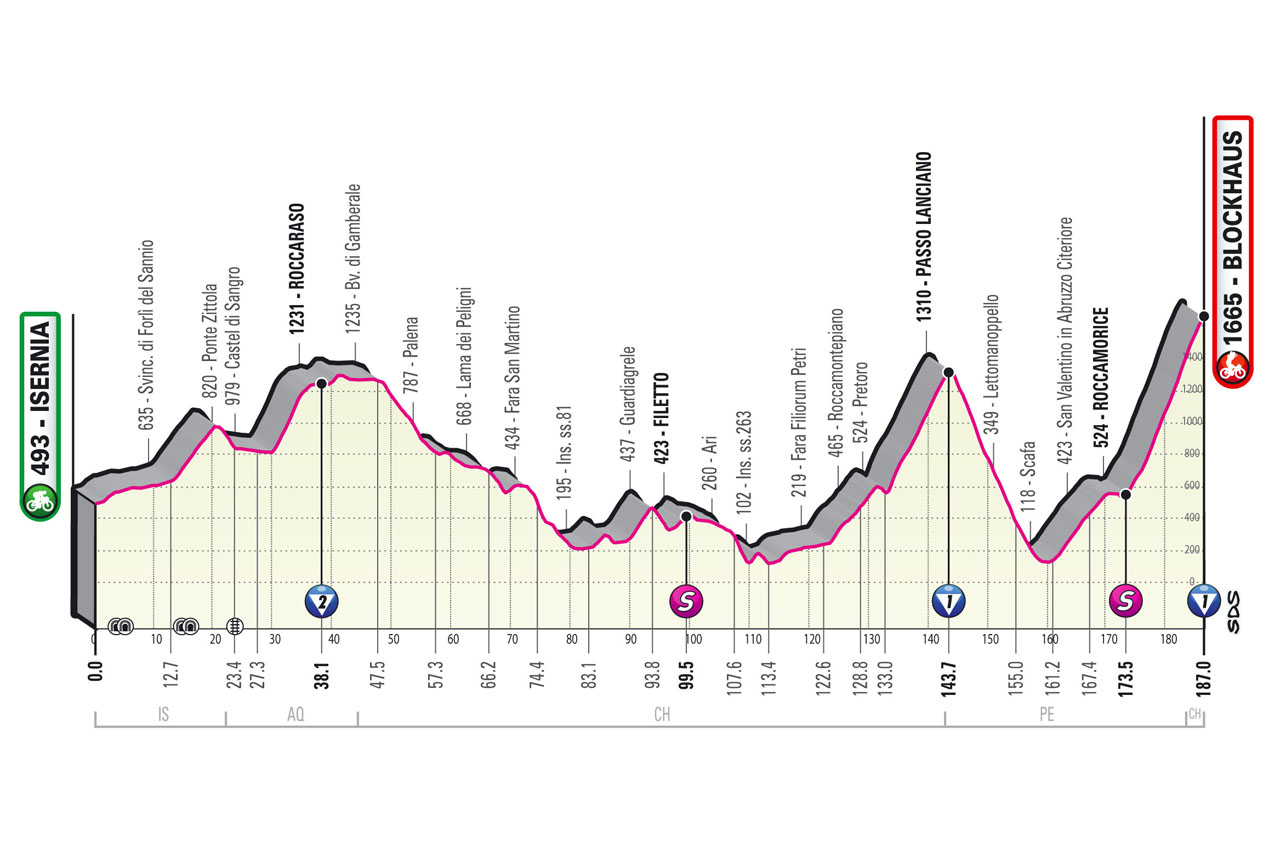
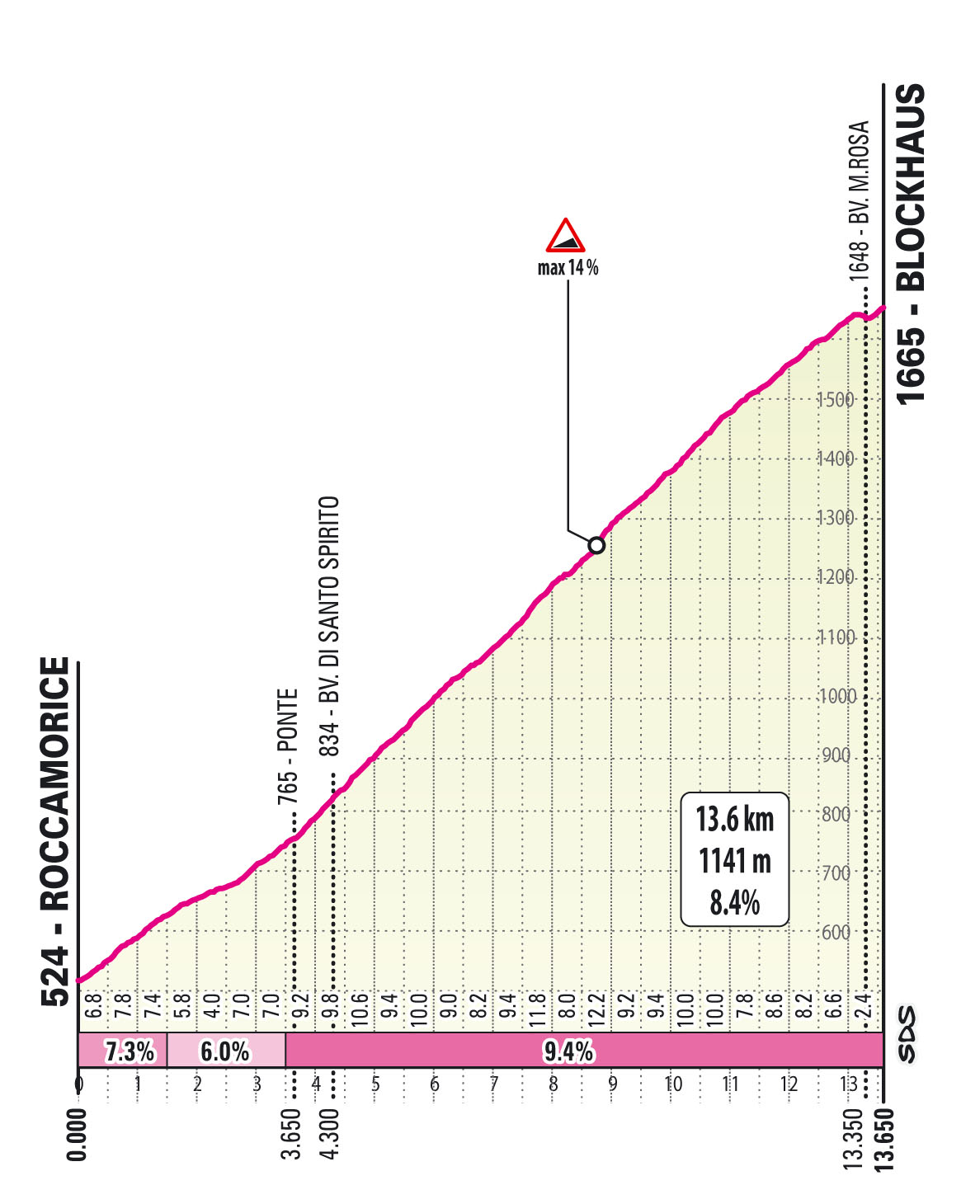
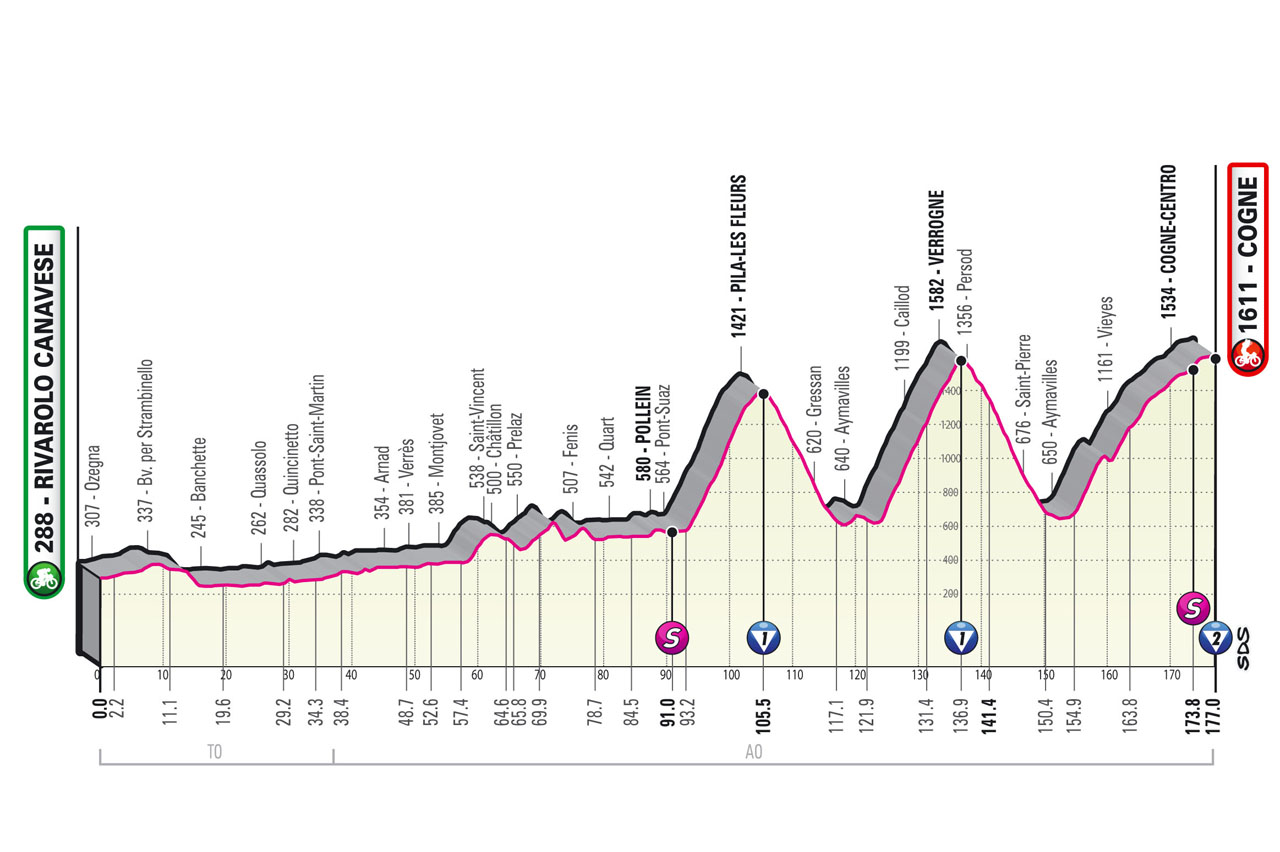
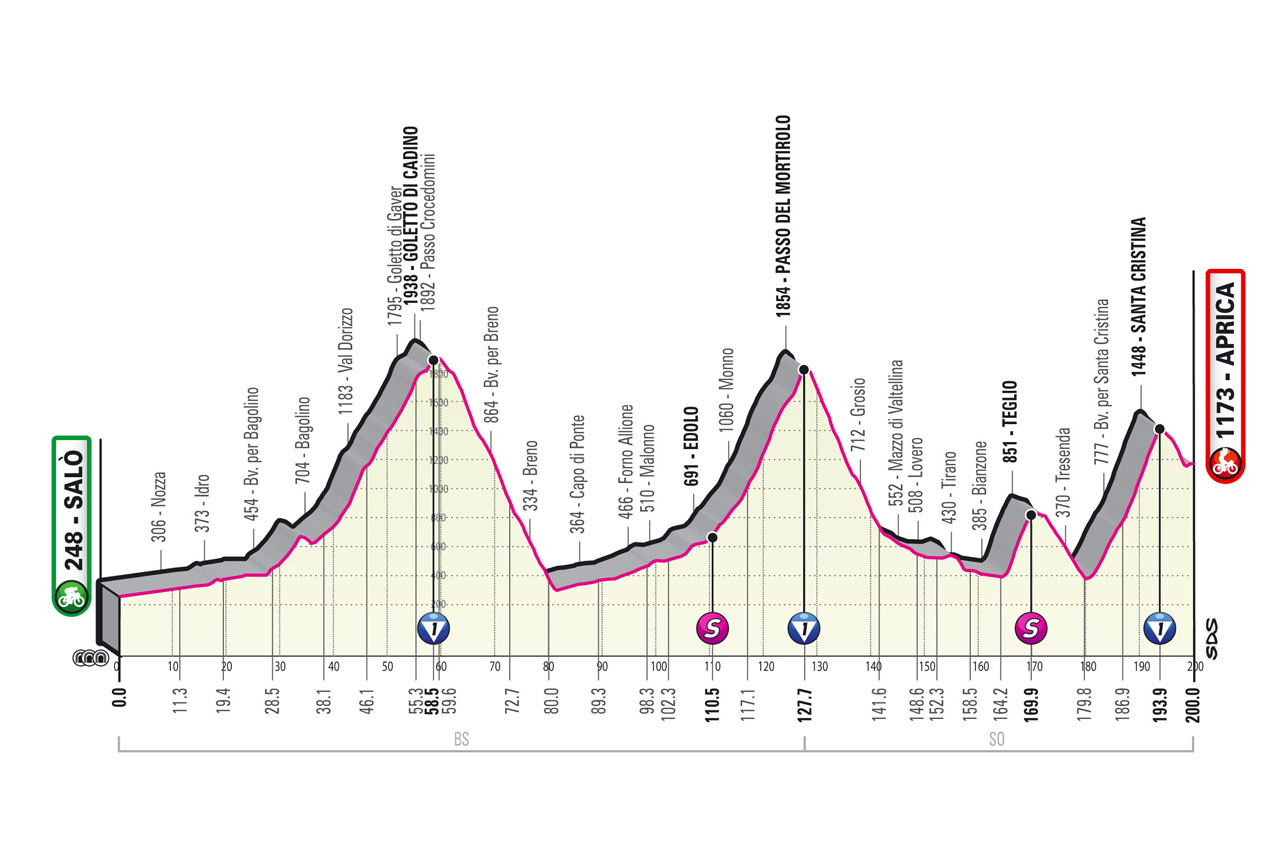
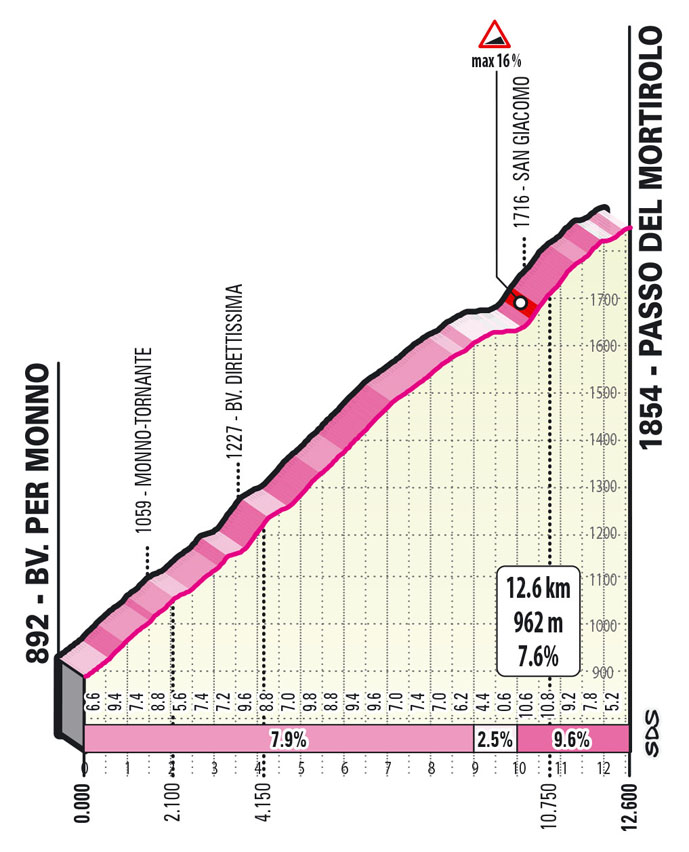

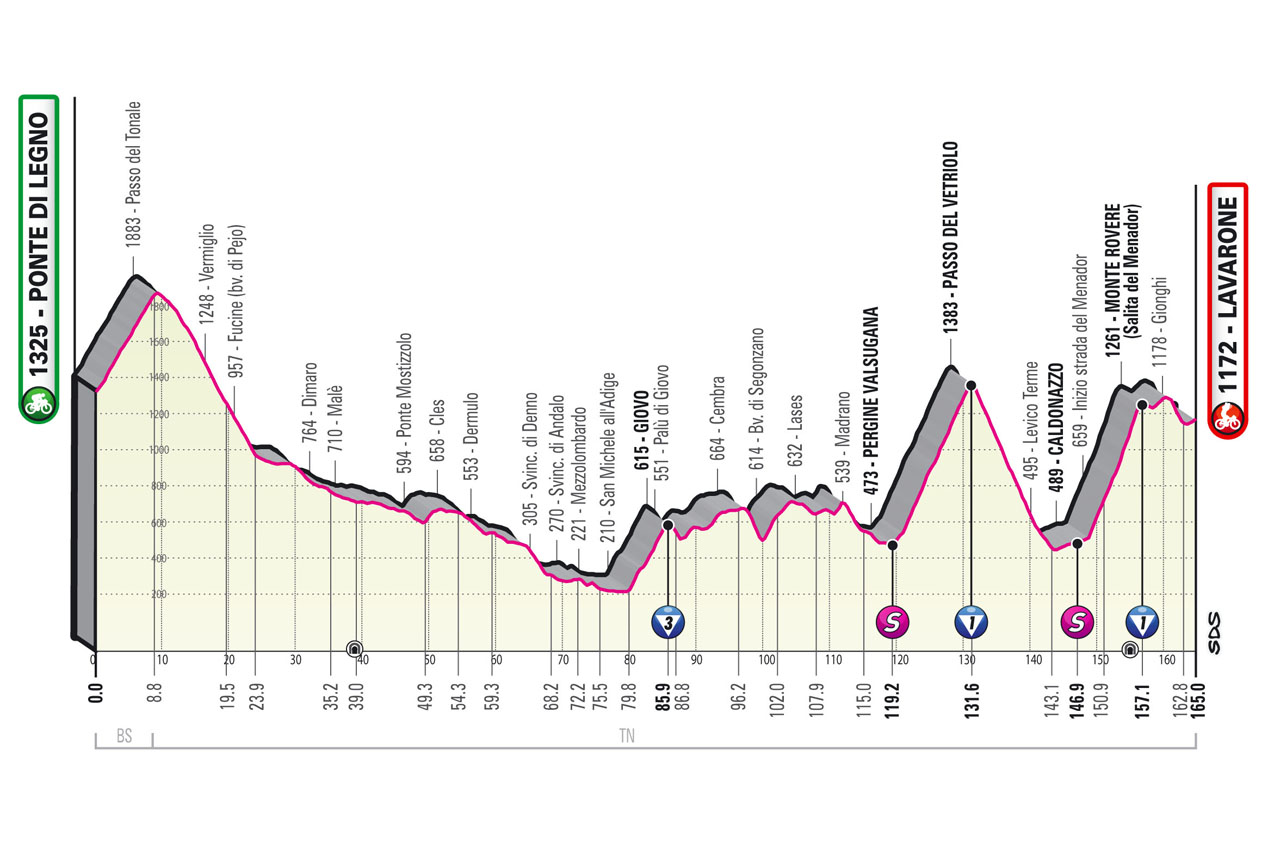
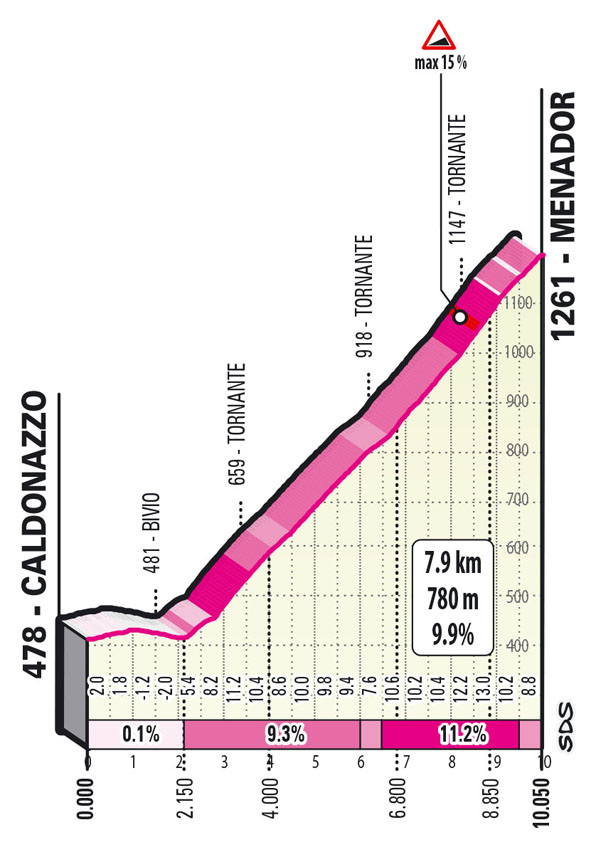
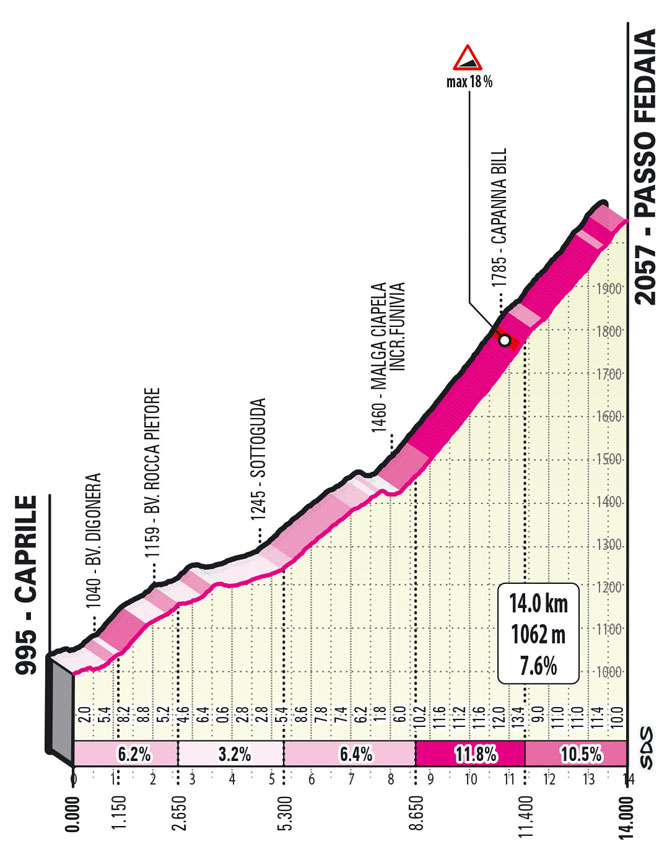
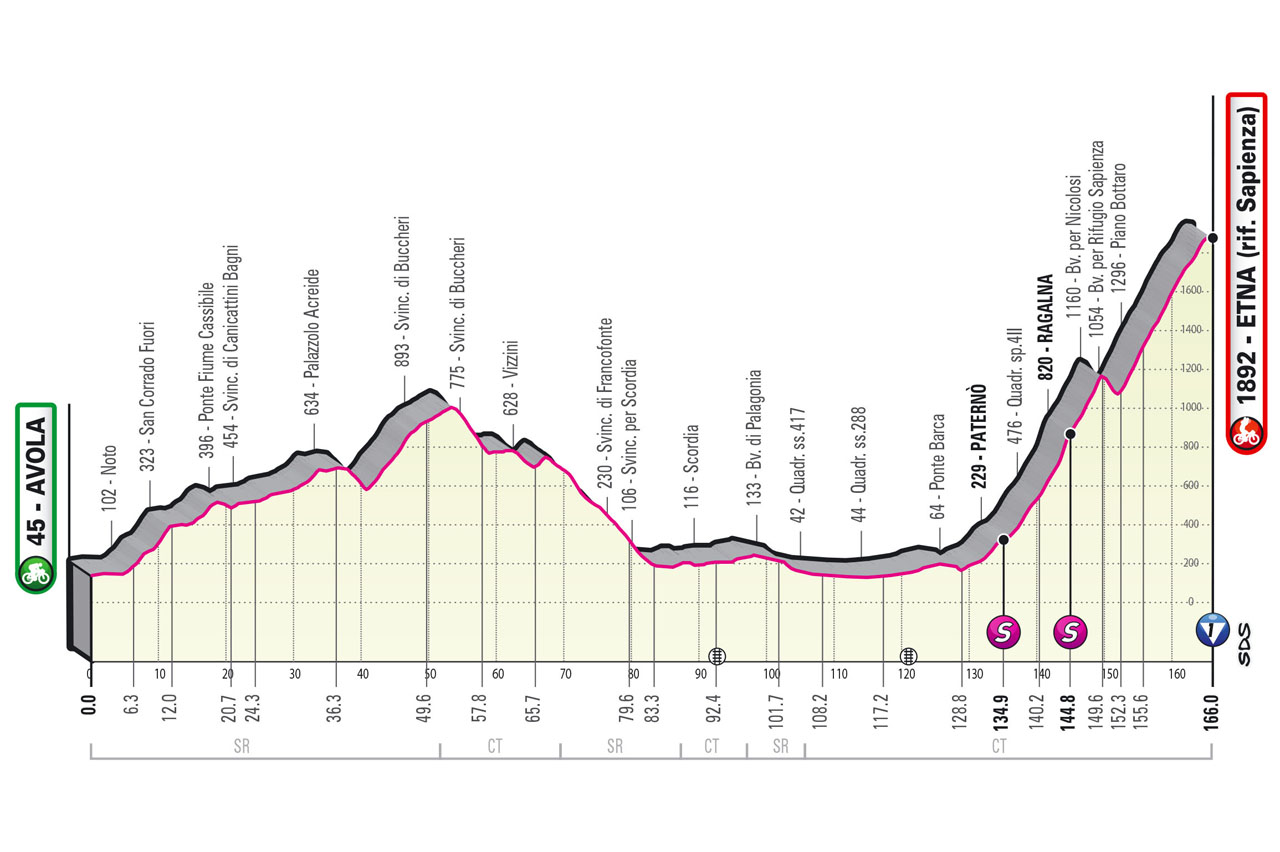
The organisers of the Giro d’Italia have revealed the key mountain stages of the 2022 Corsa Rosa, with four mountain top finishes and ascents such as Mount Etna, Blockhaus, the Mortirolo, Santa Cristina, the little known but steep Menador, the Passo San Pellegrino and Passo Pordoi all to be climbed during the three week race.
The final mountain stage finishes atop the Marmolada at 2057m, with a final time trial to Verona expected to crown the winner of the 2022 Giro d’Italia.
Race organiser RCS Sport has presented the 2022 route via a series of announcements. It has already been confirmed that the 2022 Giro will begin in Budapest on May 6, and it will also feature at least two stages in Sicily before reaching the Italian mainland with a flat stage up the Calabrian coast.
After revealing details of the sprint stages on Monday, RCS Sport outlined the six hilly stages on Tuesday. The so-called Grande Arrivo for the final stage, the full route map and full stage list will be unveiled on Thursday.
Combined with the six hilly stages already revealed, and the final time trial to Verona, the 2022 Giro d’Italia will be a balanced race, but with limited time trialling, with RCS Sport reducing stage distances but packing climbs into the profiles.
The 200km stage over the Mortirolo includes 5,400m of climbing, with the stage to the Blockhaus close to 5,000m.
“With these six high mountain stages it is clear that the 2022 Giro d'Italia will be another tough one,” 2021 winner Egan Bernal said.
The latest race content, interviews, features, reviews and expert buying guides, direct to your inbox!
“The first uphill finish on Etna will be important and could really cut out from the GC those who are not at 100% on form for the first week of the race. Then there will be the mythical climbs like the Mortirolo, where great champions have written important chapters in cycling history, riders like Nibali and many others.”
The finish amongst the black volcanic ash of mount Etna is expected on stage 4 after the Giro travels to Italy from Hungary and includes 3,590m of climbing.
The 166km stage starts in Avola, near Damiano Caruso’s home and passes through the Baroque architecture of Noto, Pantalica and Vizzini on the approach to Etna. The climb to the finish at the Rifugio Sapienza is via Ragalgna as in 2018 when Esteban Chaves won and then switches to the Nicolosi side for the 14km climb to the line, as in 2011 when Alberto Contador was first to the finish, although his win was stripped as part of his doping ban.
The Giro climbs high and deep into the central Apennines for the finish on the Blockhaus on what should be the second Sunday of the Giro on stage 9.
The 187km stage includes 4,990m of climbing on country roads with a double assault of the Blockhaus: first via Pretoro to climb the Passo Lanciano and then again from Roccamorice, which featured in 2017 when Nairo Quintana won the stage and pulled on the maglia rosa. The final 10km of the Blockhaus has an average gradient of 9.4%.
The third mountain finish comes a week after the Blockhaus, with a long climb up to Cogne in the Western Alps north of Turin in the Valle d’Aosta on stage 15.
The 177km stage begins from Rivarolo Canavese and follows the Dora Baltea to enter the valley and reach Aosta itself.
The riders climb the Pila up to Le Fleurs and then Verrogne before the long but gradual haul up to Cogne, where Andy Hampsten was the last winner of a Giro stage back in 1985.
The peloton transfers east from Aosta towards Brescia for the third rest day, and then climbs into Valtellina for the 200km Sforzato wine stage.
Stage 16 starts from Salò near the western shores of Lake Garda and then climbs high via the Val Sabbia and the Bagolino climb, before the much harder Goletto di Cadino – also known as the Croce Domini – which was last covered in 1998 when Marco Pantani won at Montecampione.
The Mortirolo is climbed from the ‘easier’ Monno side rather than the usual Mazzo side, with only the last two kilometres close to 10 per cent, it but makes up for it by climbing the Santa Cristina, where Pantani attacked Miguel Indurain and Evgeni Berzin and first make a name for himself. It is 13.5km long with the final six kilometres at over 10%.
A second consecutive day in the mountains takes the riders across from Ponte di Legno to Lavarone near Trento on stage 17.
The route climbs the Passo del Tonale immediately after the start before a long gradual descent through the apple orchards towards Trento, with a visit to Palù di Giovo, the birthplace of the Moser family and Giro winner Gilberto Simoni.
The hardest climbs come after Pergine Valsugana, with the Passo Vetriolo climbed from a new side and then the Salita del Menador. It was carved from the rocks during the First World War and offers spectacular views across the Trentino region.
The final two kilometres climb at 11.2% before seven kilometres of rolling and descending roads to the finish.
The mountains of the 2022 Giro d’Italia end with a ‘tappone’ from Belluno to the foot of the Marmolada glacier. The stage is only 167km long but includes 4490m of climbing and has rightly been given five stars by RCS Sport.
It’s a true Dolomite stage with the final climbs starting with the steep Passo San Pellegrino after 60km of valley roads, followed by the easier Passo Pordoi, which is the highest climb of the 2022 Giro and so awards the prestigious Cima Coppi prize.
The climb to the Marmolada includes the long straight and steep road near Malga Ciapela, with the gradients at 12% for three kilometres and a further, final three kilometres near the snow line at 10.5%.
The maglia rosa wearer after the finish will have to defend the leader’s jersey with a final effort in the short Verona time trial the following day.

Stephen is one of the most experienced members of the Cyclingnews team, having reported on professional cycling since 1994. Before becoming Editor-at-large, he was Head of News at Cyclingnews. He has previously worked for Shift Active Media, Reuters and Cycling Weekly. He is a member of the Board of the Association Internationale des Journalistes du Cyclisme (AIJC).
